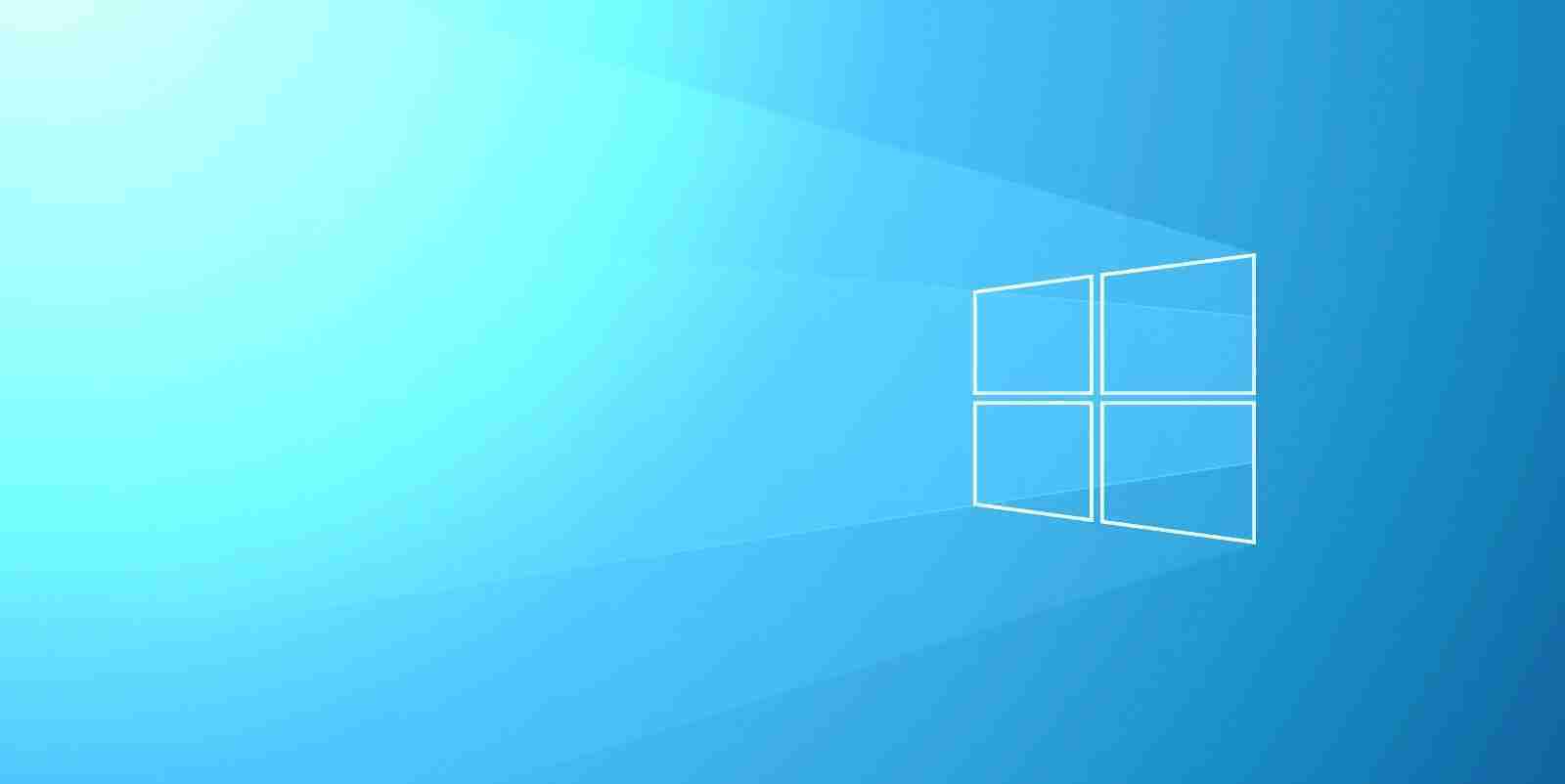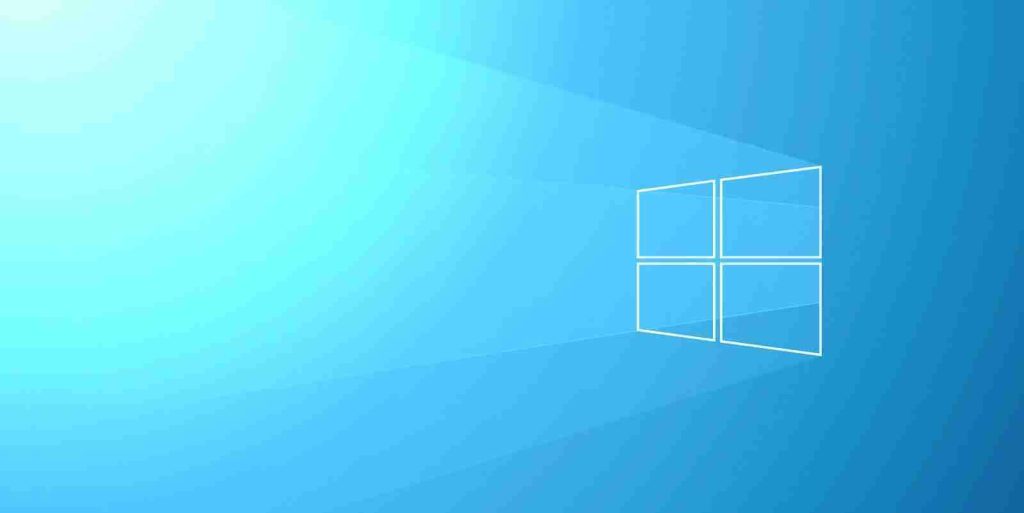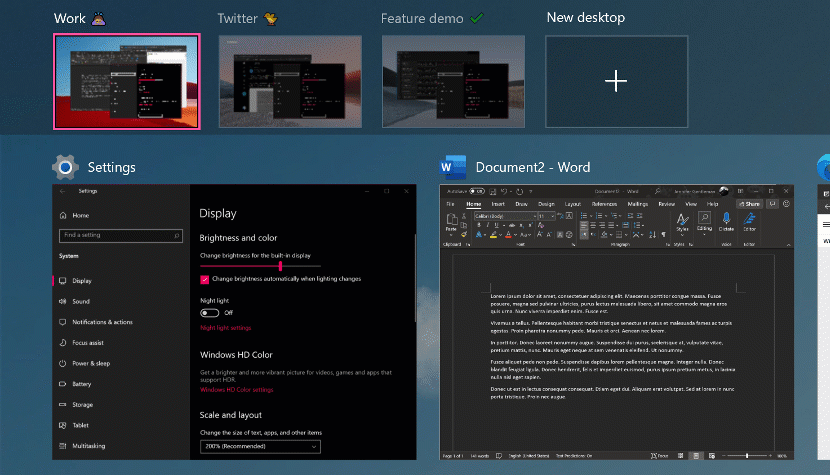KEEP IN TOUCH
Subscribe to our mailing list to get free tips on Data Protection and Cybersecurity updates weekly!







With the release of the latest Windows 10 preview ‘Dev’ build, Microsoft is offering a glimpse at some of the new features and changes they are developing. These features range from a sneak-peek of the upcoming Sun Valley animations to a new File Explorer layout.
Some of these features we love, while others not so much. Below we have outlined the new changes so that you can decide on your own.
As you can see in the below GIF, Microsoft is spacing out the items, columns, and rows in File Explorer and adding a little more breathing room for other areas to help you easily interact with your files with the touchscreen.
This change is also designed for better consistency with modern (XAML) experiences, and it won’t be exclusive to tablet mode, which means you can try out the new layout when you’re using the desktop mode (normal experience).
.gif)
This new layout is enabled by default in preview builds, but testers can switch to the old layout called “Compact mode”.
According to Microsoft, File Explorer will switch to a more information-dense layout when you enable “Use compact mode” option in the Folder Options > View tab.
From discussions with other readers and staff members, this change has created a wide range of feelings, with some people liking it, while others hate it.
Microsoft is also working on new features for Windows 10’s virtual desktop to keep your open apps and projects organized in their own desktops.
For those unfamiliar, Microsoft added a virtual desktops feature in the Windows 10 April 2018 Update, and it allows you to maintain different desktops for open apps, instances of Microsoft Word, etc.
The problem is that you cannot reorganize the order of virtual desktops or use unique wallpapers for each virtual desktops. The lack of customization options can make it confusing and hard to find the particular desktop you are looking for.
With the Sun Valley update, Microsoft is introducing two new features for virtual desktops – the ability to reorder (change the position of each virtual desktop) and customize the backgrounds for all your virtual desktops:

Also Read: PDPA Singapore Guidelines: 16 Key Concepts For Your Business
To reorder the desktops, follow these steps:
You can also use the keyboard to select a virtual desktop and then press ALT + Shift + Left / Right Arrow to change its position.
If you want to change the background of the virtual desktops, follow these steps:
Once you’ve selected the background, changes will apply instantly, and you’ll see your new background when you switch to the virtual desktop.
With Windows 10 Sun Valley update, Microsoft also plans to enable new animations when opening and minimizing windows.
In our tests, we observed that the new animation is now available in the Windows 10 Insider build 21337 for almost all windows transitions. This includes UWP apps, Win32 apps, system settings, and even the Command Prompt in OOBE screens.

Another change that many people will be happy with this is that Microsoft is classifying more apps as ‘Inbox apps,’ which means they are automatically installed in Windows 10.
While there is nothing to test with this new change, users will now find that Windows Terminal and Power Automate Desktop will be pre-installed with Windows 10.
Furthermore, Microsoft has reclassified Notepad as an “inbox app” as well, which means all three apps will be updated via the Microsoft Store, outside the normal Windows 10 scheduled updates.
This change allows these features to be developed independently from Windows and updated more quickly.
Microsoft has a long history of automatically installing applications that many users do not want, such as games and Microsoft apps.
While the general consensus is that Windows Terminal is a great addition as a preinstalled app, others we have spoken to believe that Power Automate is just more bloatware as it’s targeted to a specific audience.
Also Read: Data Protection Officer Singapore | 10 FAQs
If you’re a member of the Windows Insider Program (join it from Microsoft’s website), here’s how you can download and install the ‘Dev’ builds before everyone else: